Introduction to Cellphone Selection
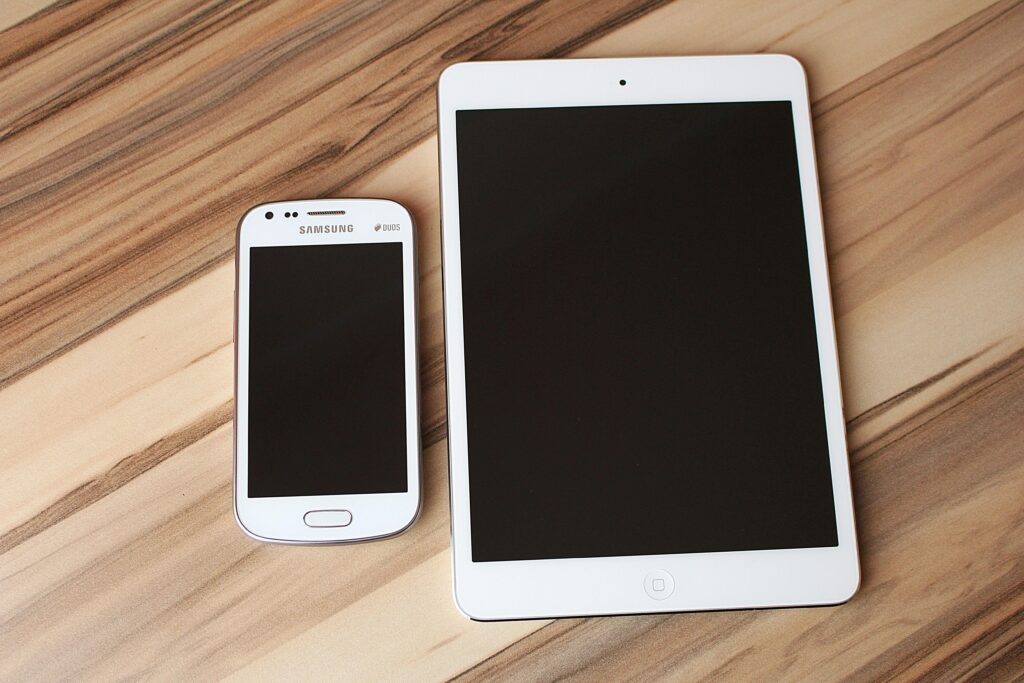
In today’s digital landscape, the selection of a cellphone has evolved into a critical decision for many individuals. Beyond merely serving as a tool for communication, modern cellphones have transformed into multi-functional devices that occupy a significant role in our everyday lives. From managing personal and professional tasks to providing entertainment and connectivity, the cellphone is an indispensable asset in various contexts.
Choosing the right cellphone can significantly impact how efficiently one navigates through daily activities. With the rapid advancement of technology, consumers are constantly presented with new models and features. This overwhelming variety can often lead to confusion and uncertainty about which attributes truly matter. It is essential to go beyond surface-level specifications and carefully consider the features that align with one’s specific needs and lifestyle.
For many individuals, cellphones now act as personal assistants, offering services such as schedules, reminders, and immediate access to information. Moreover, social media, online shopping, and various applications have also cemented the cellphone’s role in modern society. Thus, it becomes imperative to evaluate what features are crucial for ensuring a seamless user experience.
As we delve deeper into essential features to consider during the selection process, it is important to keep personal preferences and usage patterns in mind. Different users may prioritize aspects such as camera quality, battery life, or processing power, depending on their unique preferences and requirements. Consequently, the selection of a cellphone is not a one-size-fits-all process but a tailored experience that warrants thorough consideration.
Operating System: iOS vs Android
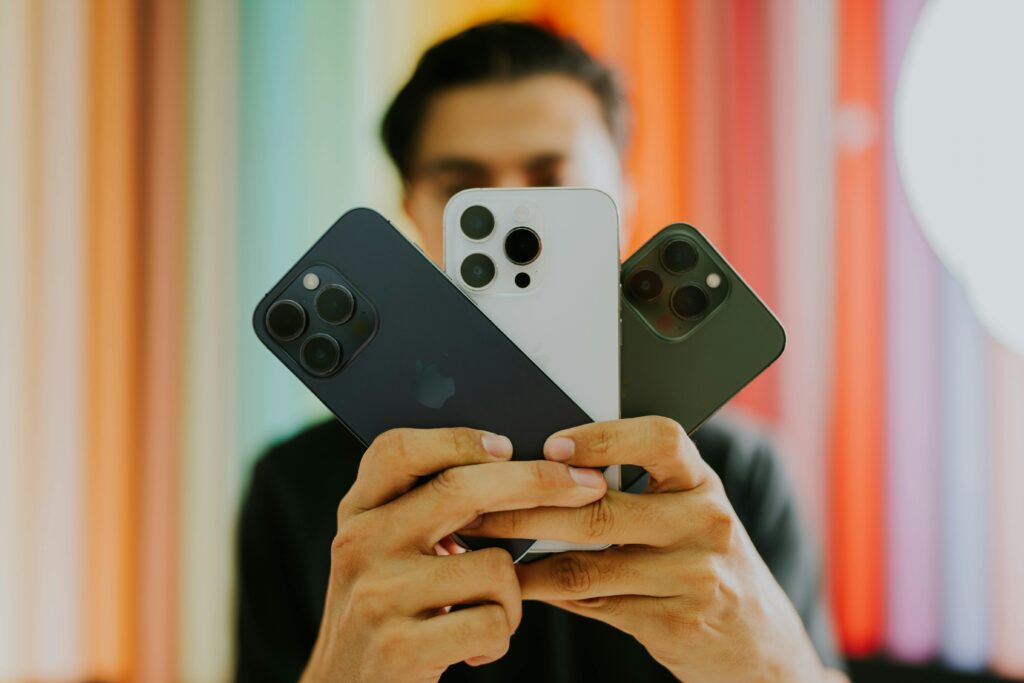
When choosing a cellphone, one of the pivotal decisions revolves around the operating system. The two predominant operating systems in the market today are iOS, developed by Apple, and Android, which is a product of Google. Each of these platforms boasts its unique features, advantages, and drawbacks, ultimately influencing user experience significantly.
iOS is renowned for its seamless integration with other Apple devices, creating a cohesive ecosystem that enhances usability for individuals who own multiple Apple products. The interface is often lauded for its intuitiveness, which begs little learning curve for new users. Furthermore, iOS has a reputation for tighter security measures, regularly releasing updates that promote security and privacy. However, one downside is the limited customization options, as iOS emphasizes a more uniform experience compared to its counterpart.
On the other hand, Android presents a vastly different experience characterized by its open-source nature, allowing for greater customization. This operating system is used by various manufacturers, resulting in a wide array of devices tailored to different user preferences and budget constraints. Android’s Google Play Store offers a vast selection of applications, frequently exceeding what is available on iOS. However, this open nature can sometimes result in security vulnerabilities, making it essential for users to be cautious about app installations.
App availability is a crucial factor for many users. While iOS generally releases applications first, Android users benefit from a broader selection due to the less restrictive app approval processes. Ultimately, the choice between iOS and Android depends largely on individual needs and preferences. Readers should evaluate their daily usage habits, compatibility with other devices, and desired level of customization to determine the operating system that best suits their lifestyle.
Hardware Specifications: What Matters Most?
When selecting a cellphone, understanding its hardware specifications is essential, as these core elements significantly influence performance and user experience. One of the most critical aspects to consider is the processor speed. The processor is the heart of the device, responsible for executing instructions and managing tasks. A faster processor allows for smoother multitasking and quicker app launches, making it integral for users who demand high-performance capabilities from their devices.
Next, Random Access Memory (RAM) plays a vital role in determining how efficiently a cellphone can run multiple applications simultaneously. Generally, more RAM translates to better performance, as it allows more apps to be run in the background without affecting speed. For typical users, a minimum of 4GB of RAM is recommended, while power users might benefit from 8GB or more.
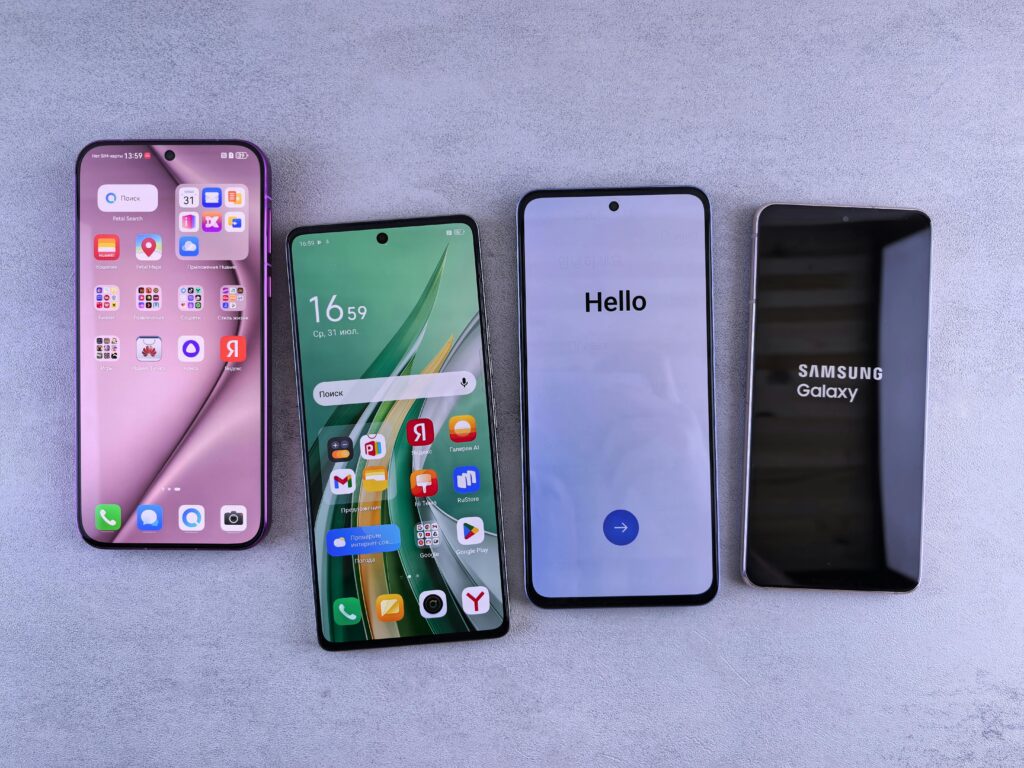
Storage capacity is another crucial feature that cannot be overlooked. With the increasing size of apps and media files, having sufficient storage is important to prevent users from having to constantly delete files to free up space. Most modern devices offer storage options ranging from 64GB to 512GB. Additionally, the availability of expandable storage through microSD cards can be a deciding factor for those who require extra space for their data.
Finally, battery life is an aspect that significantly affects daily usability. A cellphone with a long-lasting battery ensures that users can rely on their devices throughout the day without the constant need to recharge. A battery capacity of at least 4000mAh is typically acceptable for most users, but newer technologies such as fast charging can also enhance the overall experience, allowing for quicker recharges when needed.
Display Quality: Size and Resolution
When selecting a cellphone, the quality of the display is a crucial factor that significantly influences the overall user experience. Display quality encompasses various aspects, including screen size, resolution, and the type of display technology utilized. Each of these elements plays a vital role, particularly for users who engage with multimedia content or gaming applications.
The screen size of a cellphone directly affects usability and interaction. Larger screens provide an immersive experience, making it easier to view high-definition content, play games, and navigate applications. Generally, smartphones range in size from about 5 inches to over 6.7 inches diagonally, with many users preferring devices toward the larger end of the spectrum for enhanced cinematic experiences.
Resolution is another important attribute of display quality. Common resolutions include HD (720p), Full HD (1080p), and 4K (2160p), each offering varying levels of clarity and detail. A higher resolution contributes to sharper images and text, which enhances the legibility of small fonts and the vibrancy of multimedia visuals. For avid video watchers and gamers, devices with at least Full HD resolution are recommended for optimal enjoyment.
Moreover, the technology used in the display also contributes to its quality. Two primary technologies dominate the market: LCD (Liquid Crystal Display) and OLED (Organic Light Emitting Diode). OLED displays are typically considered superior due to their capability to produce deeper blacks and more vibrant colors, thanks to each pixel emitting its own light. This characteristic allows for better contrast ratios and can greatly enhance the viewing experience in various lighting conditions.
In conclusion, when choosing a cellphone, users should prioritize display quality by considering size, resolution, and display technology. These factors collectively enhance user satisfaction, particularly for those who frequently engage with multimedia content or gaming applications.
Camera Features: Beyond Megapixels
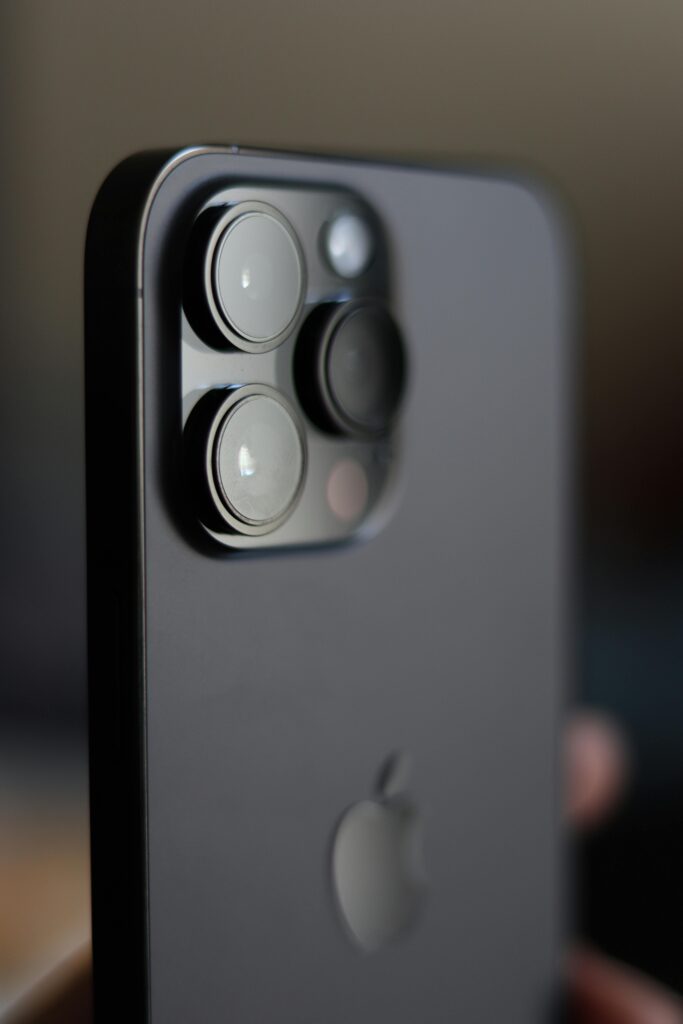
The landscape of mobile photography has evolved tremendously, and while megapixels continue to be a talking point, they do not solely determine the quality of images produced by a cellphone camera. An essential feature to consider alongside megapixels is the aperture size, which plays a significant role in controlling the amount of light entering the camera. A larger aperture (denoted by a smaller f-number) allows for more light, resulting in better performance in low-light conditions. This is particularly important for users who often take pictures in dim environments, such as during social gatherings or evening events.
Another crucial aspect to evaluate is image stabilization, which can significantly enhance the clarity of photos and videos. Optical Image Stabilization (OIS) is a feature that reduces blurriness caused by shaky hands or movement, making it indispensable for capturing sharp images, especially in challenging shooting conditions. This technology is vital for videographers and those who frequently record moving subjects.
In addition to these two features, modern cellphone cameras often come equipped with functionalities such as night mode and optical zoom, which further enhance photographic capabilities. Night mode employs advanced algorithms to brighten photos and reduce noise in low-light settings, enabling users to capture stunning images after dark. On the other hand, optical zoom provides a clearer and more detailed image when zooming in on distant subjects, unlike digital zoom, which can degrade photo quality.
In conclusion, when choosing a cellphone primarily for its camera capabilities, it is important to look beyond just the megapixel count. Focusing on features such as aperture size, image stabilization, night mode, and optical zoom will provide a more comprehensive understanding of the camera’s performance, ensuring that the investment will satisfy photography enthusiasts and casual users alike.
Connectivity and Network Support
In the modern era, the significance of connectivity and network support in cellphones cannot be overstated. This vital aspect greatly influences the overall usability of a device, integrating various technologies that enhance communication and data transfer. When selecting a cellphone, understanding the various connectivity features, such as 5G support, Wi-Fi capabilities, Bluetooth version, and additional functionalities like Near Field Communication (NFC), is essential.
The advent of 5G technology has transformed mobile connectivity, providing users with faster download and upload speeds, lower latency, and improved reliability. A cellphone equipped with 5G support allows users to experience seamless streaming, rapid web browsing, and enhanced connectivity in crowded areas. As 5G networks continue to expand globally, investing in a cellphone with this technology ensures longevity and compatibility with future network advancements.
Wi-Fi capabilities are another critical feature to consider. Cellphones that support the latest Wi-Fi standards, such as Wi-Fi 6, offer improved connectivity, higher data rates, and enhanced performance in dense environments. This is particularly important for users who frequently access high-bandwidth applications or connect multiple devices to their network. Furthermore, a cellphone’s ability to maintain a stable Wi-Fi connection can significantly impact user experience, especially in situations where cellular signal strength may vary.
Bluetooth technology also plays a crucial role in the connectivity landscape of modern cellphones. The latest versions, such as Bluetooth 5.0 and beyond, provide improved range, speed, and energy efficiency for pairing with accessories like headphones, smartwatches, and car systems. Additionally, features like NFC offer the convenience of contactless payments and easy file sharing between devices. These factors contribute to a cellphone’s overall functionality and user satisfaction.
Battery Life and Charging Options
Battery life is a crucial factor to consider when evaluating modern cellphones, as it directly affects the user experience. Generally measured in milliampere-hours (mAh), a higher capacity often translates to longer usage time. However, it is important to note that actual battery performance can vary based on multiple factors, such as screen brightness, app usage, and background processes. Therefore, understanding one’s specific usage patterns can help in determining the ideal battery life necessary for daily activities.
Modern cellphones utilize several types of battery technologies, with lithium-ion (Li-ion) and lithium polymer (Li-Po) being the most common. Li-ion batteries are known for their efficiency, lightweight nature, and ability to retain charge over long periods. Conversely, Li-Po batteries offer more flexibility in shape and are often found in thinner devices, though they may have a slightly reduced lifespan compared to Li-ion counterparts. It is essential for consumers to consider these technological aspects when choosing a cellphone, as they can significantly impact longevity and performance.
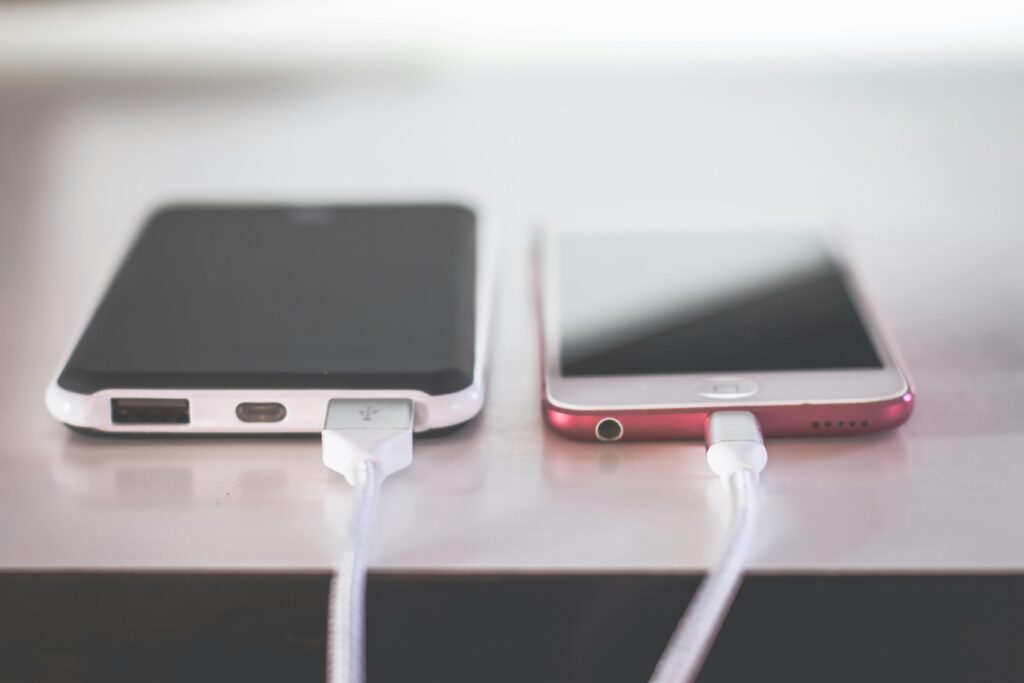
Another important consideration is the availability and effectiveness of charging options. Many contemporary smartphones come equipped with fast charging capabilities, which allows users to quickly recharge their devices—usually reaching 50% charge within 30 minutes. Some brands offer proprietary technologies that optimize charging efficiency, while others support standardized protocols like USB Power Delivery (USB PD) or Qualcomm’s Quick Charge. Consumers should explore these options when selecting a cellphone, taking note of whether the device supports wireless charging or reverse wireless charging, features increasingly demanded in today’s market.
Ultimately, a thorough assessment of battery life, the type of battery technology, and available charging options will help users make informed decisions tailored to their individual needs. Understanding these features can lead to a more satisfying cellphone experience in terms of convenience and reliability.
Durability and Build Quality
When selecting a cellphone, durability and build quality are paramount considerations that significantly influence the overall user experience. Today’s smartphones are not merely communication devices; they are integral components of daily life, often subjected to various conditions that can affect their longevity. Manufacturers typically use a range of materials, including glass and plastic, each with its own pros and cons. Glass, while often aesthetically pleasing and capable of supporting advanced touch-screens, can be susceptible to shattering upon impact. Conversely, plastic is generally more resilient against drops but may not possess the same premium feel as glass. Thus, it is crucial to assess what material best suits personal usage scenarios.
In addition to the choice of materials, water and dust resistance are vital features that enhance a cellphone’s durability. The Ingress Protection (IP) ratings serve as an essential guide, where higher ratings indicate better resistance to elements. For instance, an IP67 rating signifies that a device can withstand immersion in water up to one meter for 30 minutes and is completely dust-tight. Such ratings provide potential users with peace of mind, especially for those who frequently find themselves in challenging environments or enjoy outdoor activities.
Drop protection is another feature to consider when evaluating the build quality of cellphones. Many devices incorporate reinforced frames and innovative materials that enhance the structural integrity of the phone. Additionally, screen protectors and rugged cases can provide an extra layer of security, significantly reducing the likelihood of damage from accidental drops. Ultimately, choosing a cellphone with superior durability and build quality can offer long-term value, ensuring that the device remains functional and visually appealing even after extensive use.
Budget Considerations and Value for Money
When selecting a cellphone, budget considerations play a significant role in the decision-making process. Understanding the relationship between cost and features is essential for making an informed purchase. It is crucial to evaluate the specifications of a cellphone against its price tag to ensure that you are receiving good value for your money.
One of the first steps in assessing value for money is to determine your budget. Establishing a clear financial limit helps narrow down options and prevents overspending. Different price segments can yield varying features; it is often possible to find a mid-range cellphone that offers a satisfactory balance of performance and affordability. The most beneficial approach is to prioritize features that are essential based on personal usage patterns, such as camera quality, battery life, and processing power.
Another vital consideration is the longevity of the cellphone. Higher upfront costs may be justified by a longer lifespan and software support, which can mean fewer replacement expenses in the future. Researching durability ratings and user reviews can provide insights into how well a model holds up over time. Additionally, consider the performance aspects like operating system updates and native app support, which can enhance the device’s usability and relevance for years to come.
In the context of budget and quality, exploring deals, financing options, or second-hand markets can also yield substantial savings. Many reputable vendors offer refurbished cellphones that retain their functionality while being significantly less expensive. When comparing different models within a set budget, it is beneficial to create a checklist of features that matter most to you. Balancing these considerations enables one to select a cellphone that meets their requirements without sacrificing essential attributes while ensuring your investment is worthwhile.
